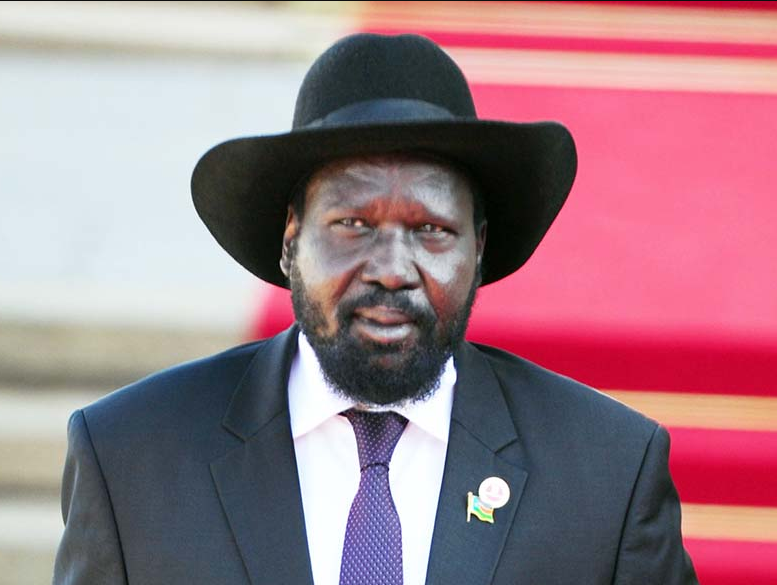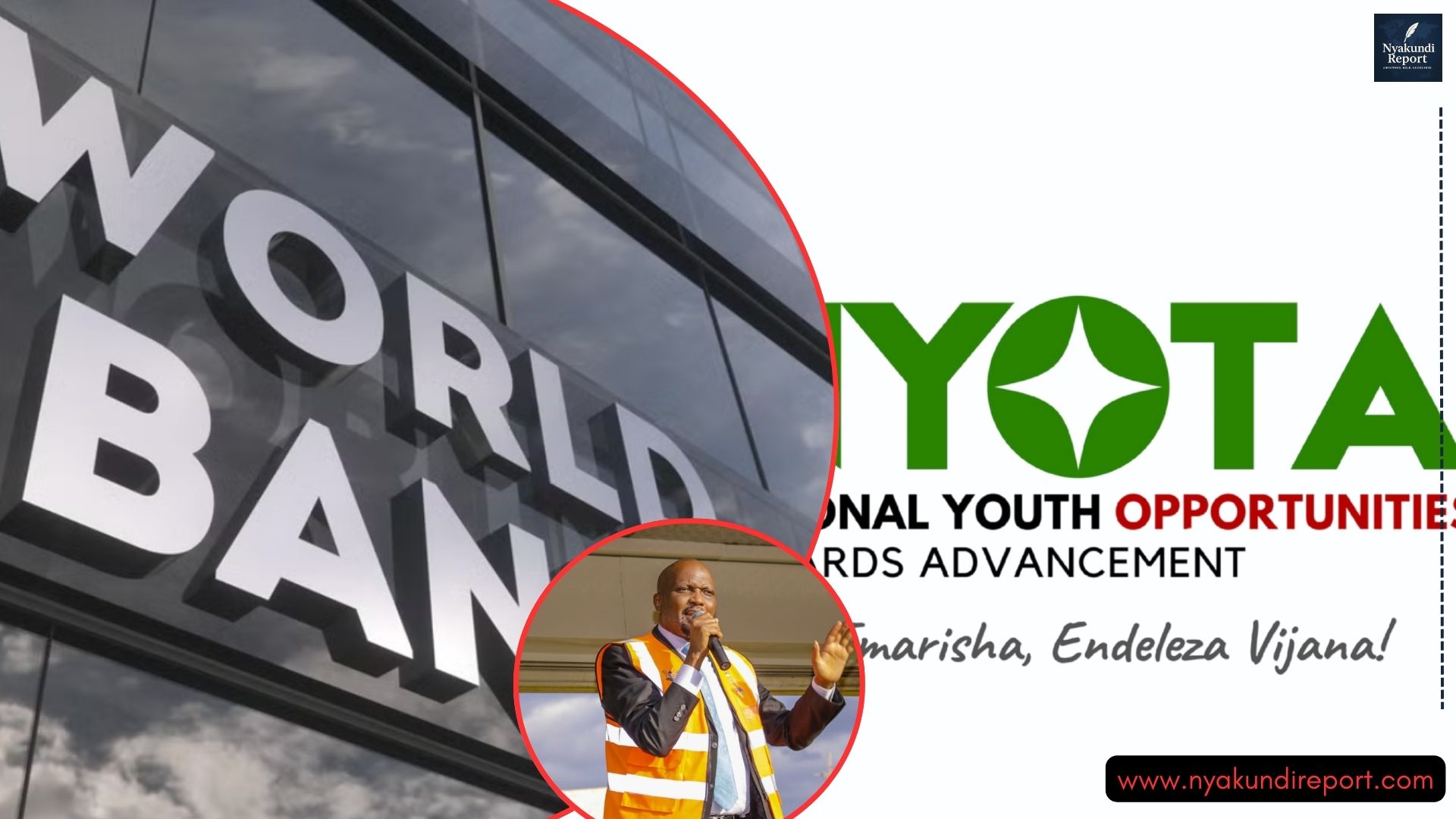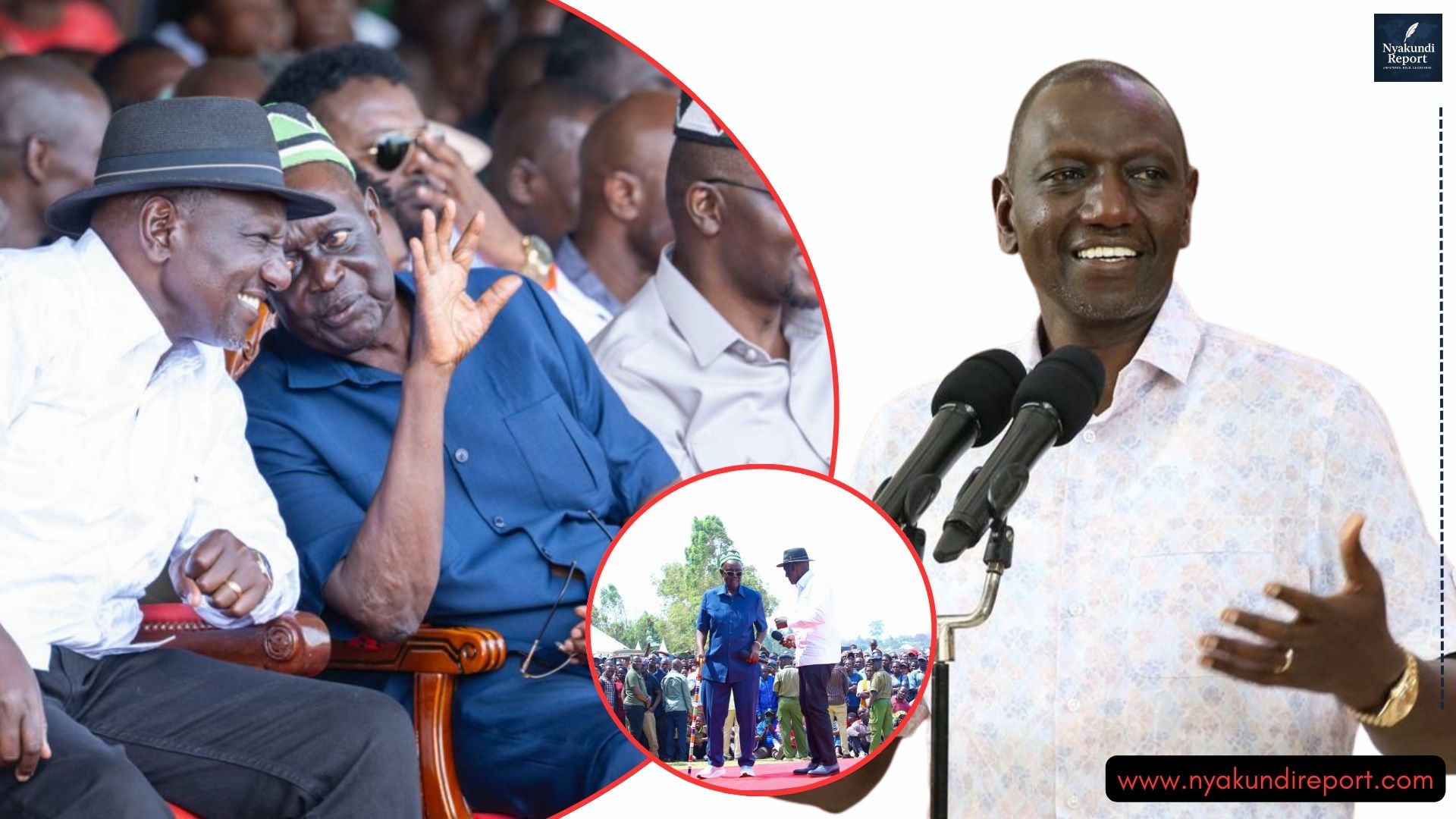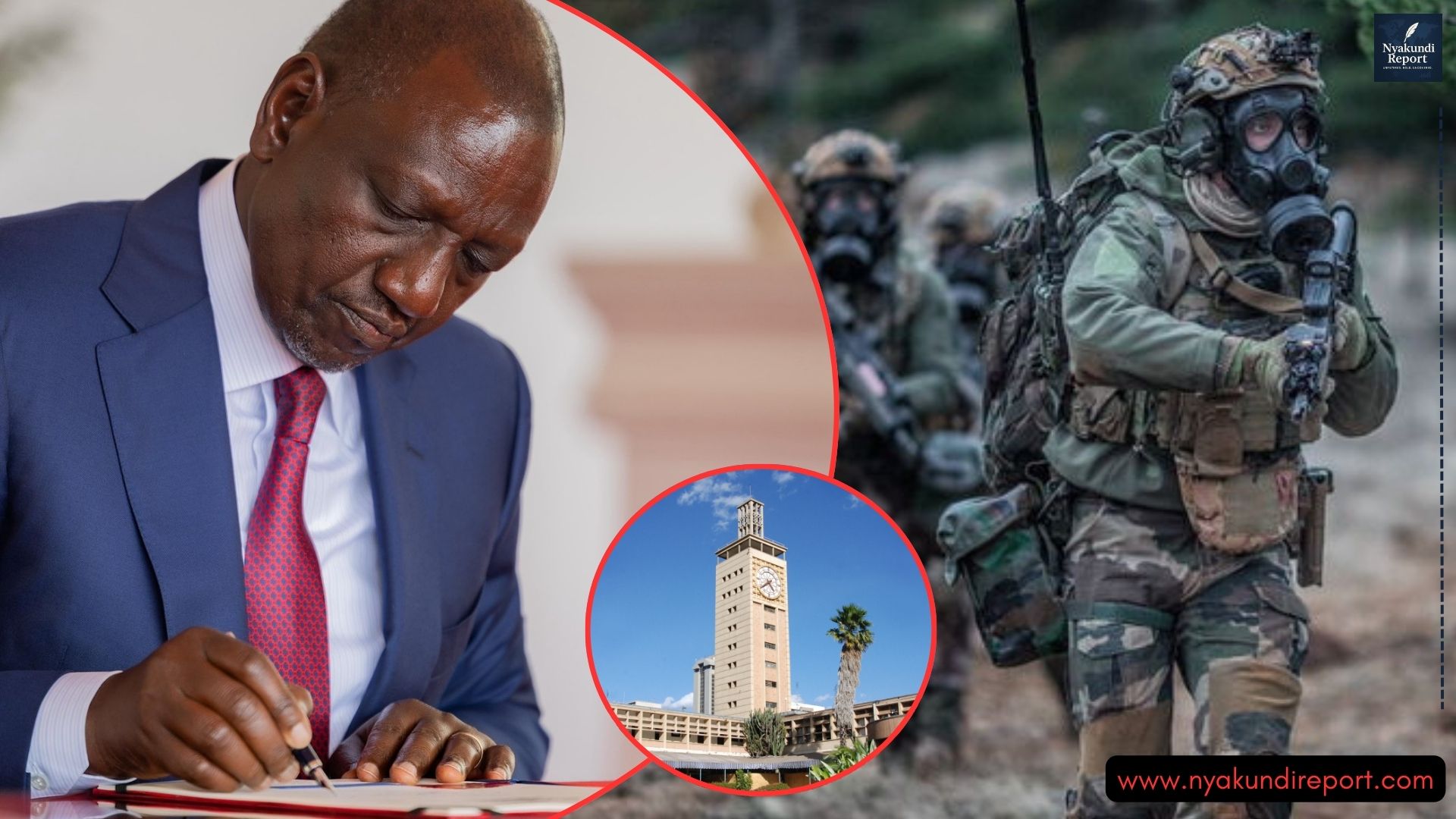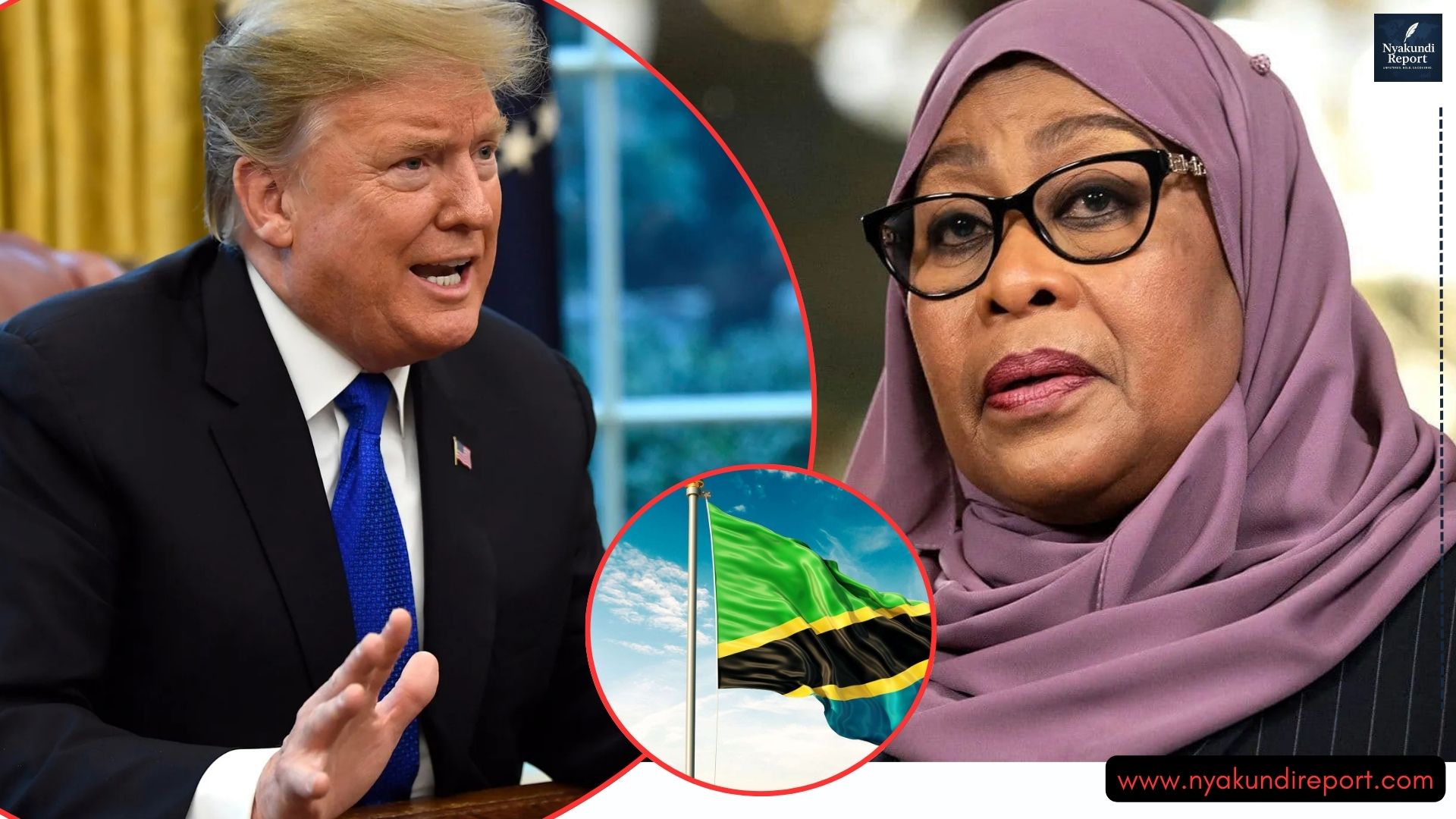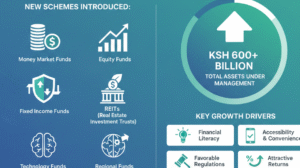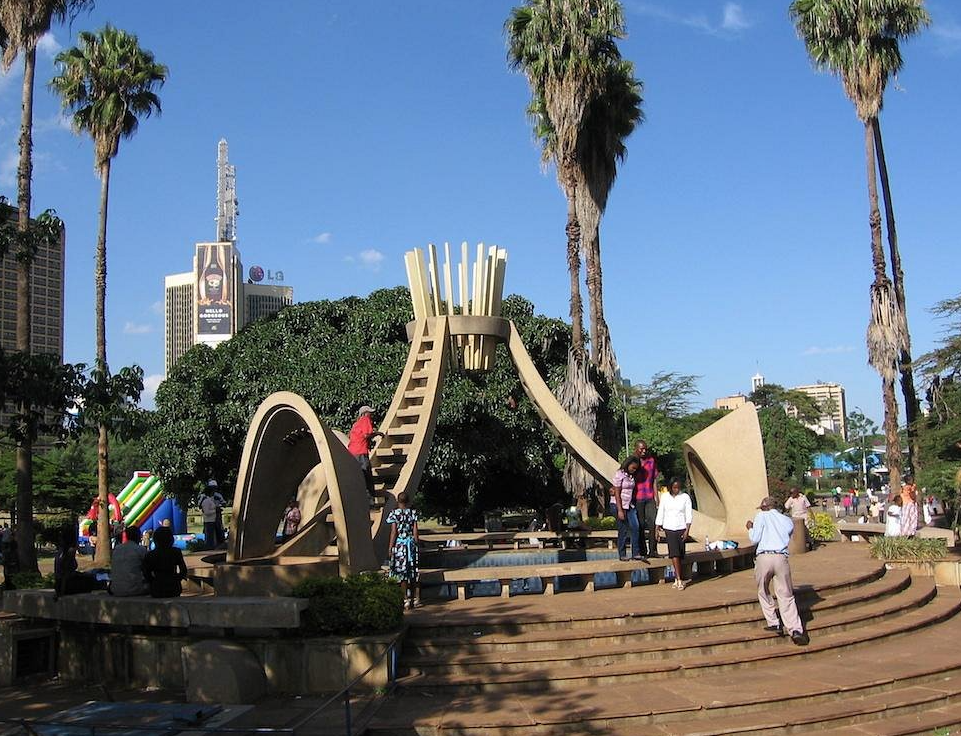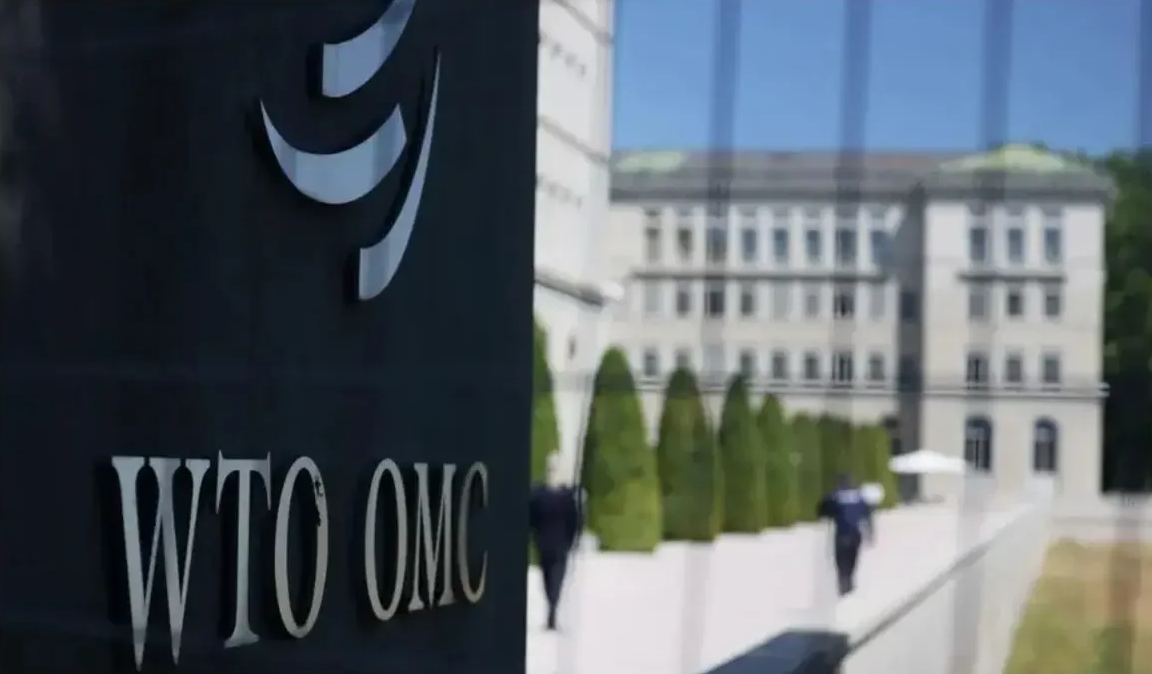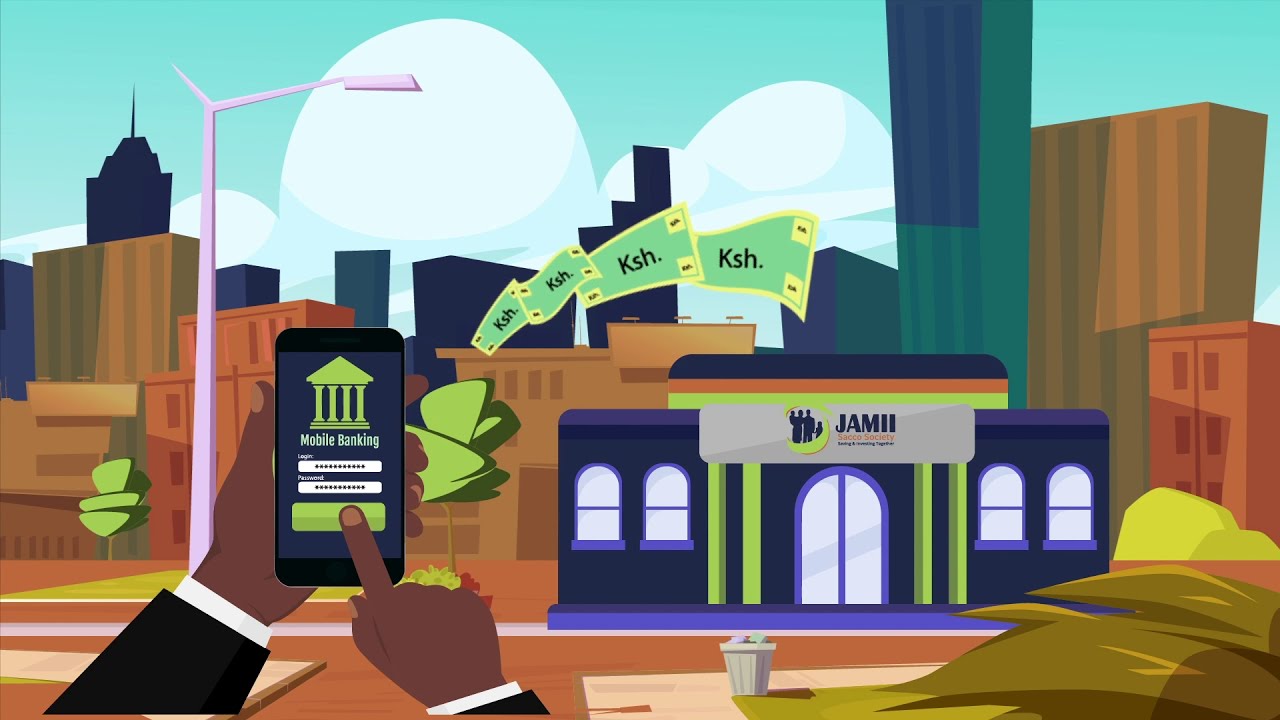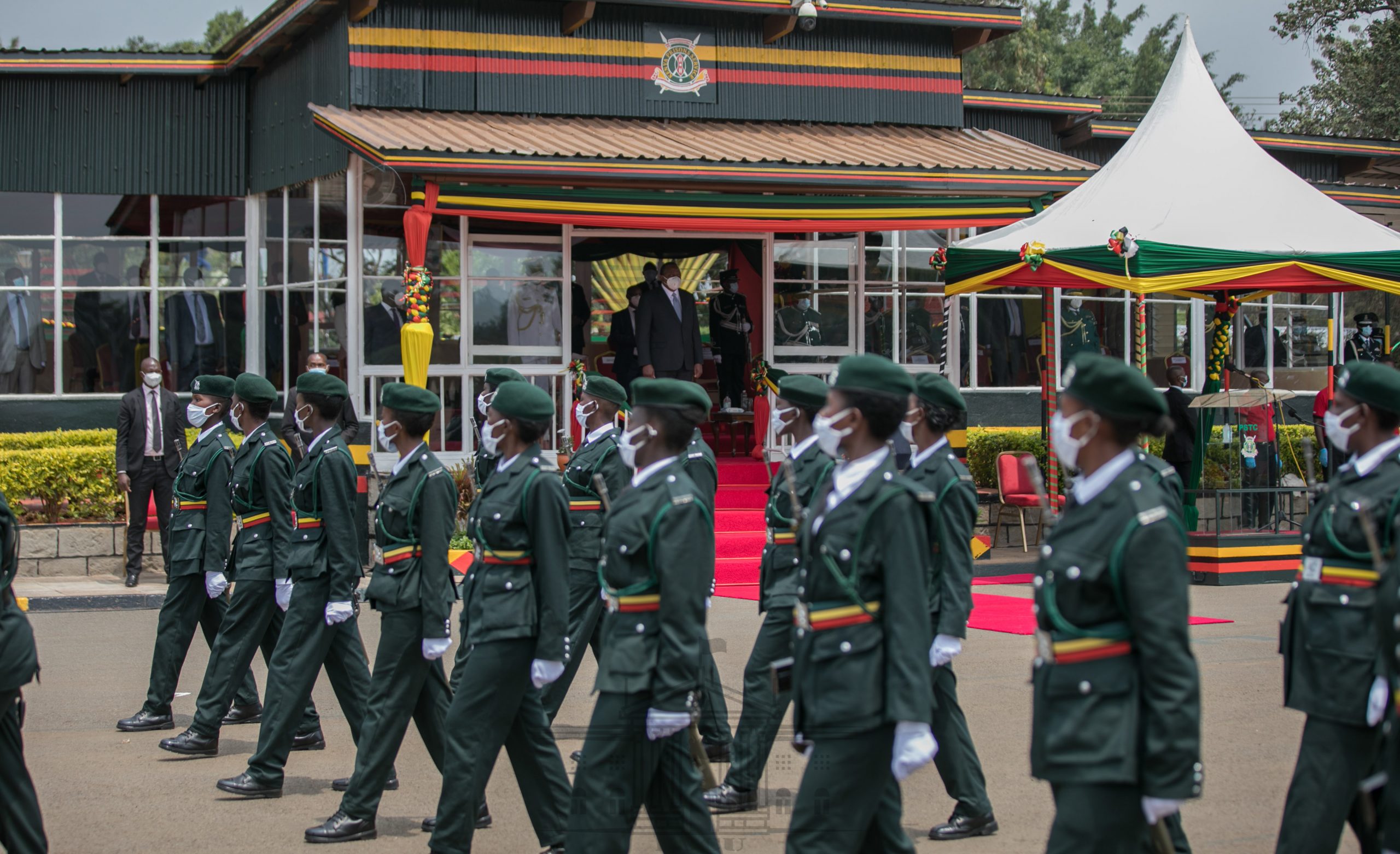Kenya’s mining industry is experiencing rapid growth, attracting both local and international investors seeking to explore and exploit mineral resources. To operate legally, every prospector or company must obtain a mining license from the Ministry of Mining under the Mining Act of 2016.
The process, managed through the Online Mining Cadastre System, ensures transparency, accountability, and sustainable resource management.
This guide explains how to apply for a mining license in Kenya, outlining the requirements, steps, and compliance obligations for a smooth and successful application.

Understanding the Different Types of Mining Licenses in Kenya
Before applying, it’s important to identify the specific license that matches your mining operation. Kenya issues five main types of mining licenses, each designed for a particular scale and activity.
| License Type | Purpose | Validity Period |
|---|---|---|
| Prospecting License | For mineral exploration before extraction | 2 years |
| Mining License | For commercial mineral extraction | 5 years |
| Special Mining License | For large-scale or foreign-backed mining projects | Up to 25 years |
| Artisan and Small-Scale Mining License | For local and community-based operations | 3 years |
| Mineral Dealer License | For trading minerals such as gold, copper, and gemstones | 1 year |
Selecting the right license ensures your business meets all legal and operational requirements from the outset.
Meeting the Eligibility Criteria for a Mining License
The eligibility standards for mining applicants in Kenya combine legal, technical, financial, and environmental requirements to ensure responsible resource exploitation.
1. Legal and Land Access Requirements
Applicants must be registered business entities with legal rights to the land intended for mining. For private or trust land, written consent from landowners or county authorities is mandatory before the license can be issued.
2. Financial and Technical Capacity
Applicants must demonstrate adequate financial resources to undertake mining operations. This can be shown through recent bank statements or audited financial accounts.
Foreign investors are required to prove a minimum investment of USD 100,000 (approximately KSh 12.9 million).
Technical expertise is also essential—either through in-house professionals or by partnering with certified geologists and mining engineers.
3. Environmental and Tax Compliance
Mining activities must adhere to environmental regulations, starting with a NEMA-approved Environmental Impact Assessment (EIA) report.
Tax compliance is also verified through a valid Kenya Revenue Authority (KRA) Tax Compliance Certificate.
These requirements guarantee that all mining projects meet Kenya’s sustainability and transparency goals.
Step-by-Step Application Process for a Mining License
All mining license applications are submitted and processed digitally through the Online Mining Cadastre Portal. The procedure is structured to ensure fairness and minimize delays.
Step 1. Account Registration
Visit the Online Mining Cadastre Portal and create an account. Enter your company details, directors’ information, and business registration documents.
Step 2. Document Upload and Submission
After registration, upload the following documents:
- Proof of land access or consent
- Environmental Impact Assessment report (approved by NEMA)
- KRA Tax Compliance Certificate
- Evidence of financial capacity (bank statements or audited reports)
- Technical qualifications or professional CVs
- Geospatial coordinates of the mining area
Once submitted, the system automatically marks your proposed area to prevent overlapping claims.
Step 3. Review and Evaluation
The Licensing Division reviews the application for completeness before forwarding it to the Mineral Rights Board (MRB).
The MRB assesses the technical, environmental, and financial aspects and makes recommendations to the Cabinet Secretary for Mining, who gives the final approval.
Step 4. License Issuance
Upon approval, the license is prepared, registered, and dispatched digitally to the applicant.
This online process has significantly reduced delays, enhanced transparency, and minimized disputes over mining zones.
Compliance and Monitoring After License Approval
Getting a mining license is only the first step. Continuous compliance ensures your operations remain legal and transparent. The Ministry of Mining requires regular submissions through the Online Mining Cadastre System.
| Report Type | Frequency | Purpose |
|---|---|---|
| Production Returns | Monthly, Quarterly, Annually | Detail quantity, quality, and recovery rates of minerals extracted |
| Royalty Returns | Quarterly | Record payments made to the government based on mineral value |
| Mine Development Returns | Quarterly | Update progress on site development, infrastructure, and community projects |
| Gross Sales and Revenue Reports | Monthly and Annually | Summarize sales, operational costs, and tax obligations |
Failure to submit reports on time can result in penalties, suspension, or even revocation of your mining license.
The government monitors all licensees through the Cadastre System, ensuring transparency and accountability. This digital oversight mechanism also helps track Kenya’s mineral production trends and tax contributions.
Final Thoughts
Applying for a mining license in Kenya requires careful planning, compliance with multiple regulations, and complete documentation. The introduction of the Online Mining Cadastre System has simplified the process, promoting transparency and reducing human interference.
By understanding the types of licenses, meeting all eligibility requirements, and submitting accurate reports, you can successfully operate within Kenya’s legal mining framework and contribute to sustainable mineral development.

